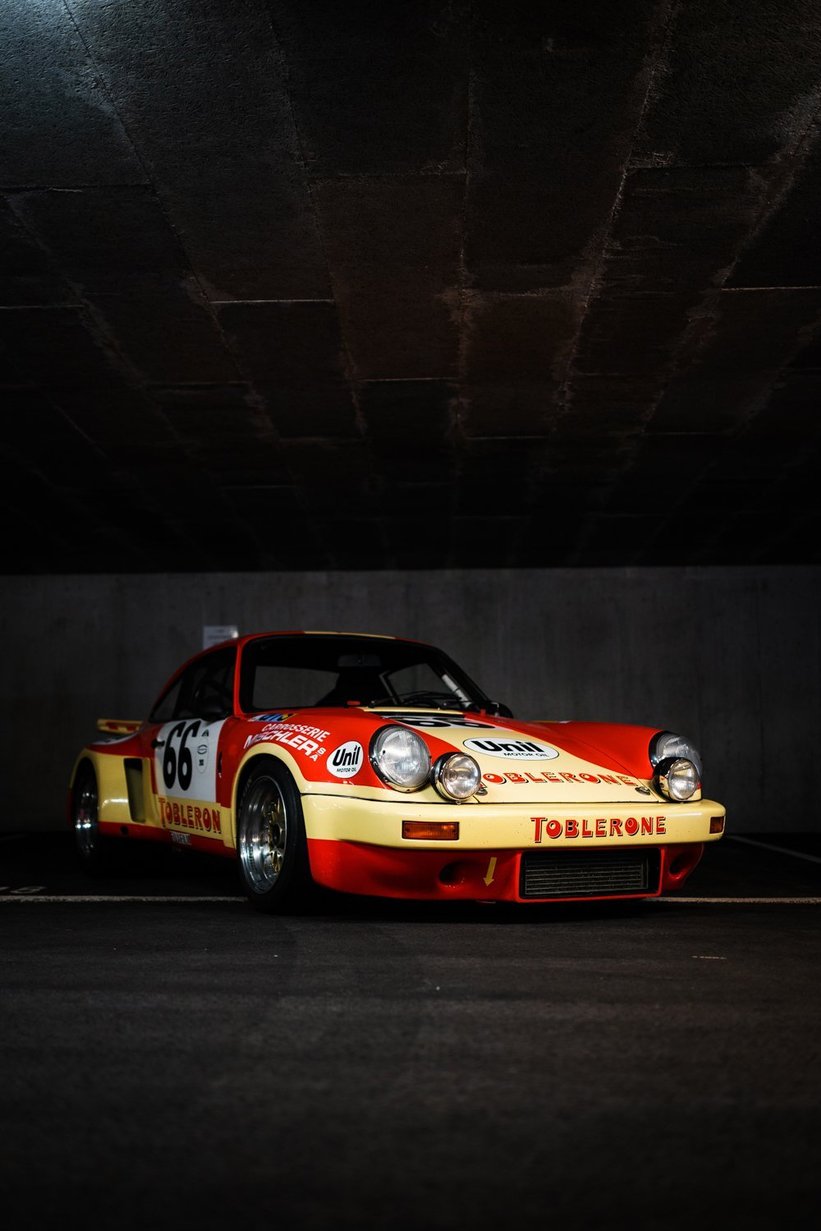
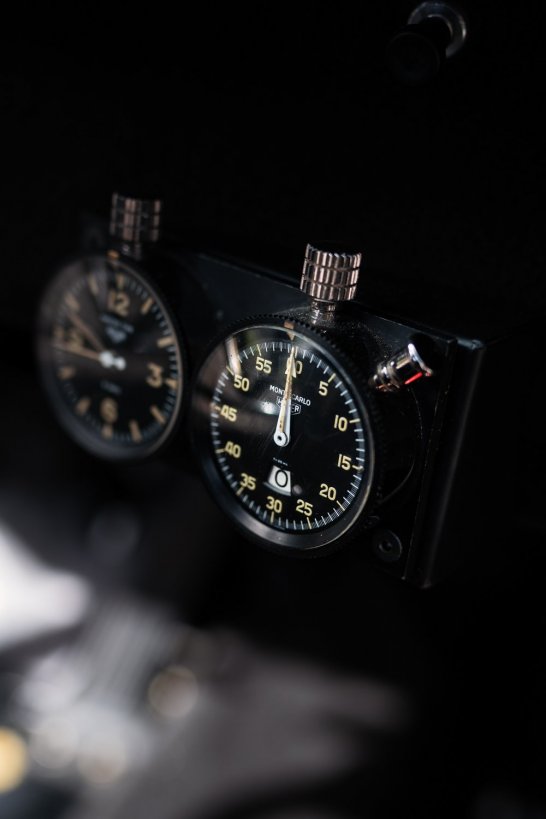
At the start of the 1970s, motor racing in Europe was still a great adventure that smelled of fuel and engine oil. Each weekend, the international circus converged on a different European circuit to indulge in the frenzy of speed. There were countless different series, in which professional drivers started alongside talented amateurs. In the evenings, the cars were often parked alongside their owners’ tents and not sealed away in a garage. It was still about sportsmanship rather than money. Cars were constantly changing hands, being modified and casually switched from class to class. The drivers usually sought their own sponsors. Despite not having a circuit, Switzerland boasted a large and active racing scene. The pilots honed their skills on the serpentine-like roads of the Alps.
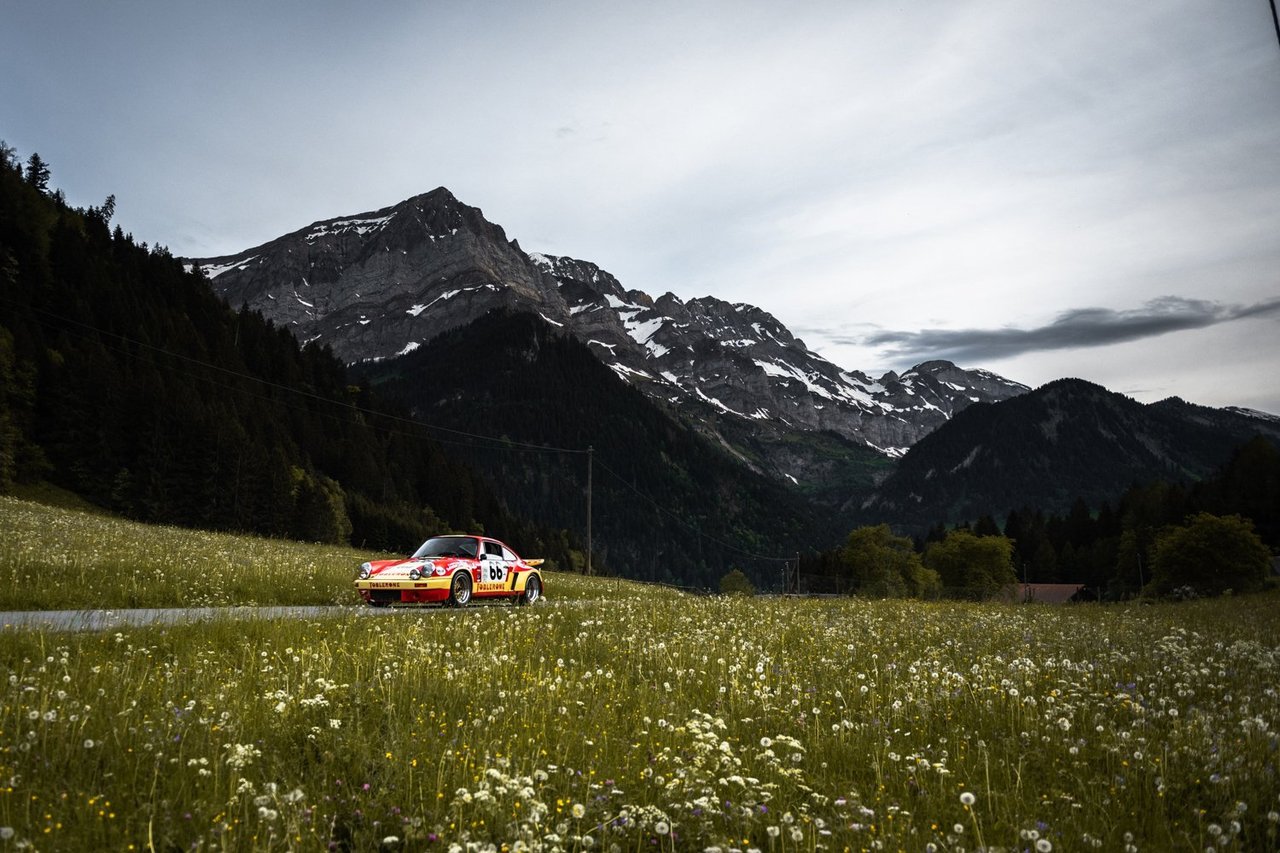
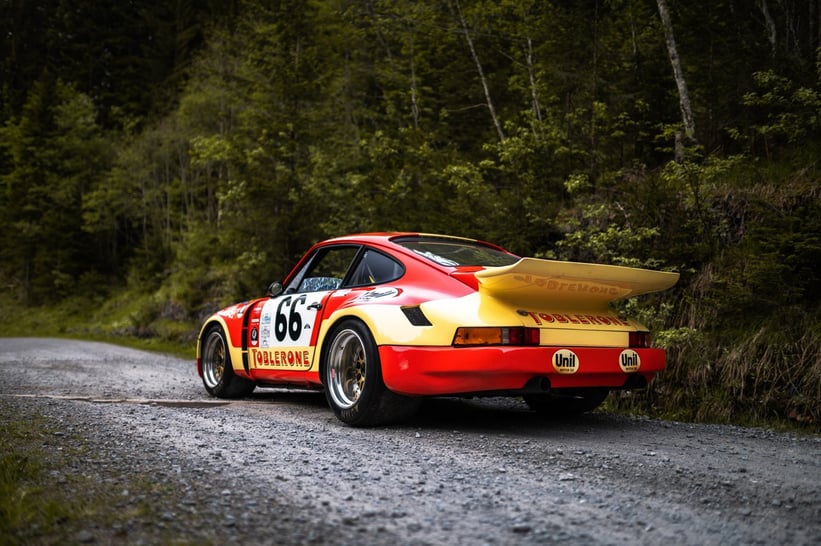
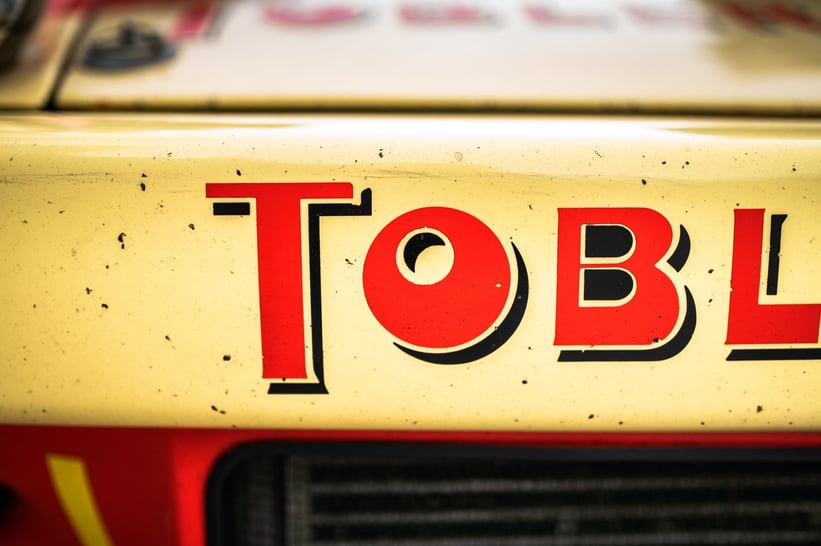
Bernard Chenevière was one of the aspiring Swiss racing drivers of the time. He earned his stripes on hill climbs in the 1960s and, from 1970, was a full-time entrant in the World Sportscar Championship. His sporting home was the Porsche Club Romand in western Switzerland, for which he competed with drivers such as Claude Haldi, as well as the prestigious racing workshop of Guido Haberthur in Lausanne. The highlight of each season was of course the 24 Hours of Le Mans. In 1973, Chenevière joined the Escuderia Montjuich in a Porsche 908/3. The team drove confidently to fifth place overall, beating such great drivers as Vic Elford and Jürgen Barth. Spectators will remember that particular car because of its livery, which bore the world-famous logo of the Swiss chocolate brand Toblerone.
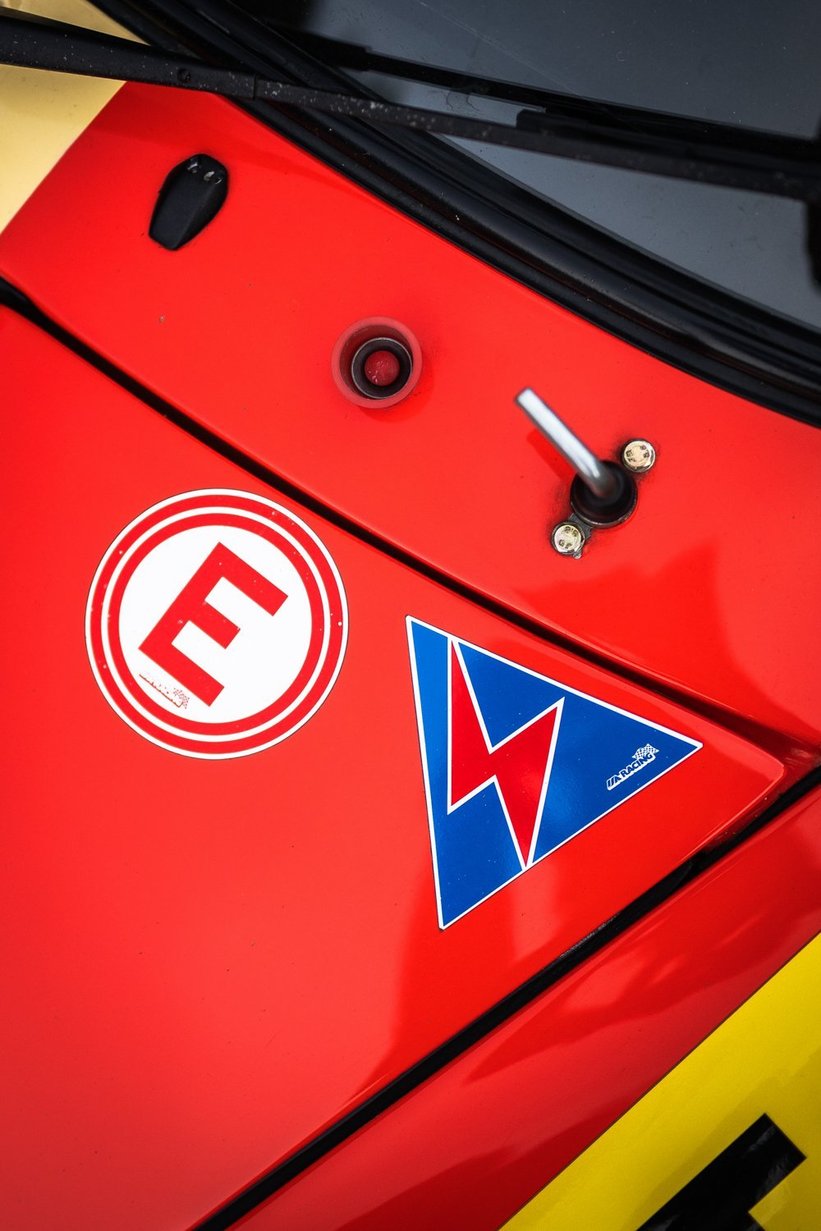

At Porsche, the era of the sports prototypes was drawing to a close. The focus of attention was instead on the development of new racing cars based on the Porsche 911. They will dominate the Group 4 category for years and even beat the gargantuan prototypes of Ferrari and Matra at Le Mans, Daytona and the Targa Florio. In 1974, the ultimate racing device that you could privately buy in Zuffenhausen was the Porsche 911 Carrera RSR 3.0. It replaced the 2.8-litre RSR from the previous year and the circa-50 cars produced were sold immediately. Bernard Chenevière opted for the new 330HP beast, which tipped the scales at just 960kg. The RSR bearing the chassis number 911 460 9058 was manufactured in March of 1974 and delivered by Garage Haberthur. The price was 83,700 francs.
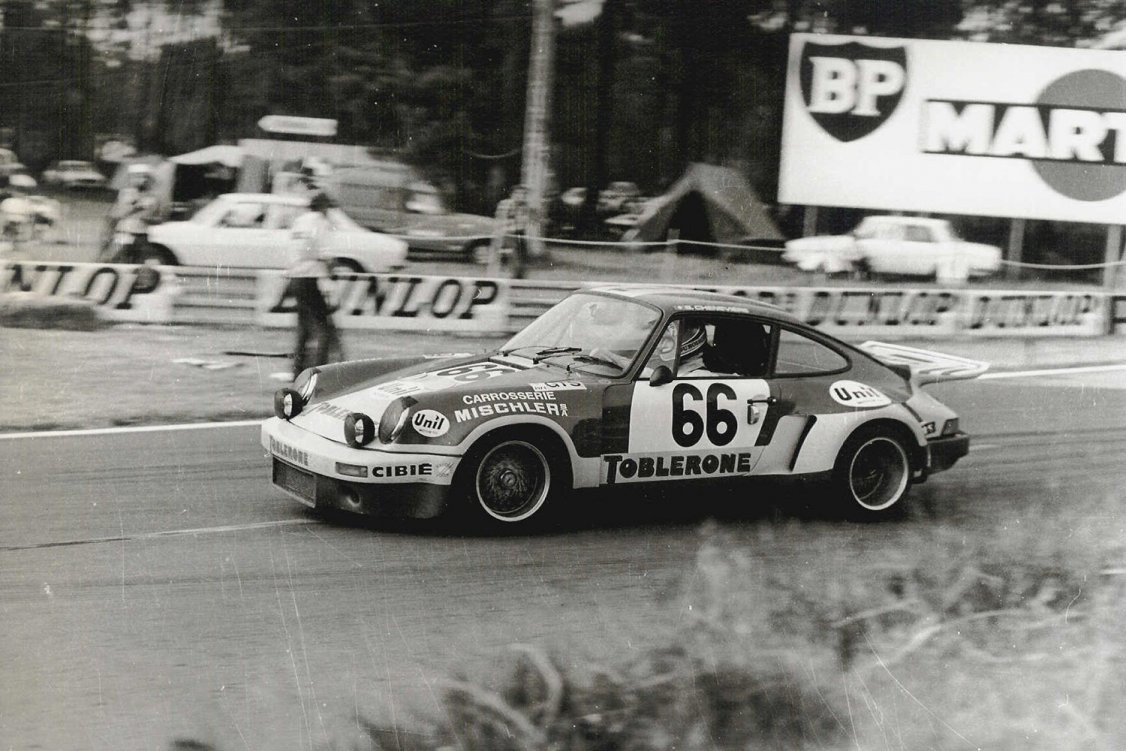
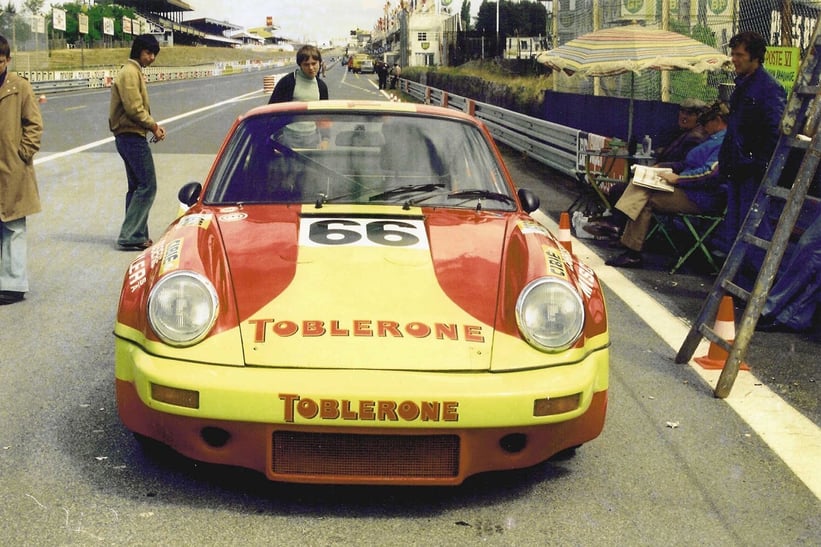
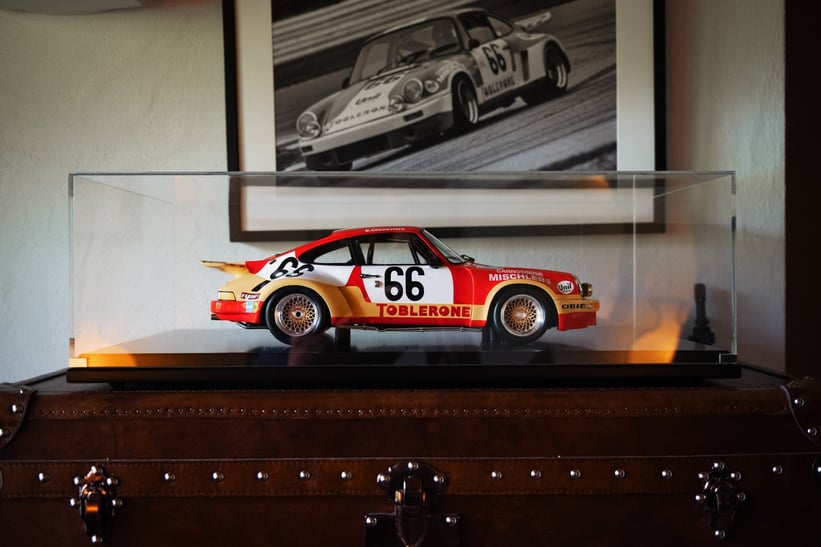
To finance his racing, Chenevière called on Interfood in Lausanne and managed to secure a 100,000-Swiss franc contract with Toblerone for the entire season. The Porsche was covered with the well-known logos and painted in the red and cream brand colours. After a brief appearance in Chenevière’s hometown of St. Sulpice with an advertising and decoration company, the ‘racing chocolate bar’ was ready for its first competitive outing. Together with his teammate Peter Zbinden, Chenevière started his Toblerone-liveried Porsche under the Porsche Club Romand banner in Monza, Spa, Imola and at the Nürburgring, among others, with half-promising, half-sobering results. Above all, John Fitzpatrick, who drove his RSR for Gelo Racing, was an unbeatable competitor in the GT class.
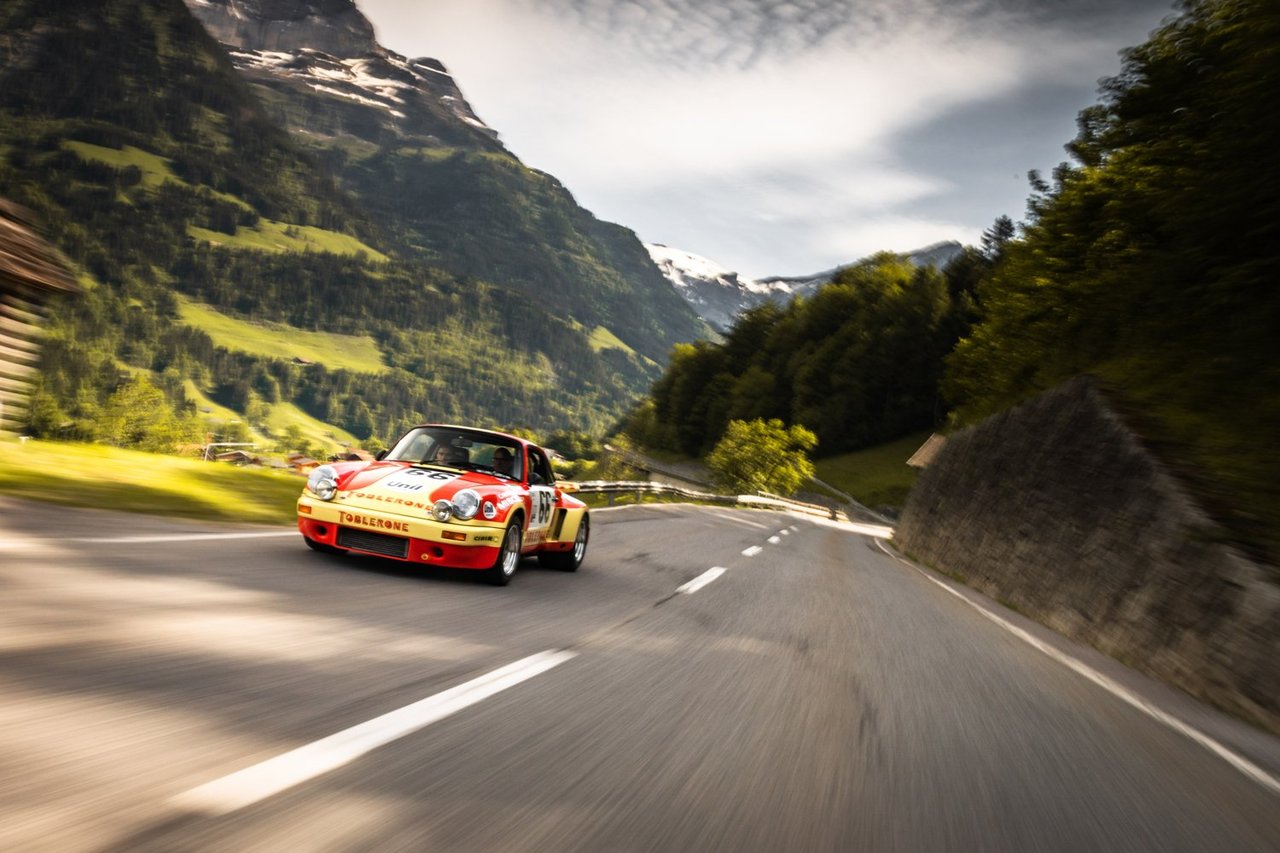
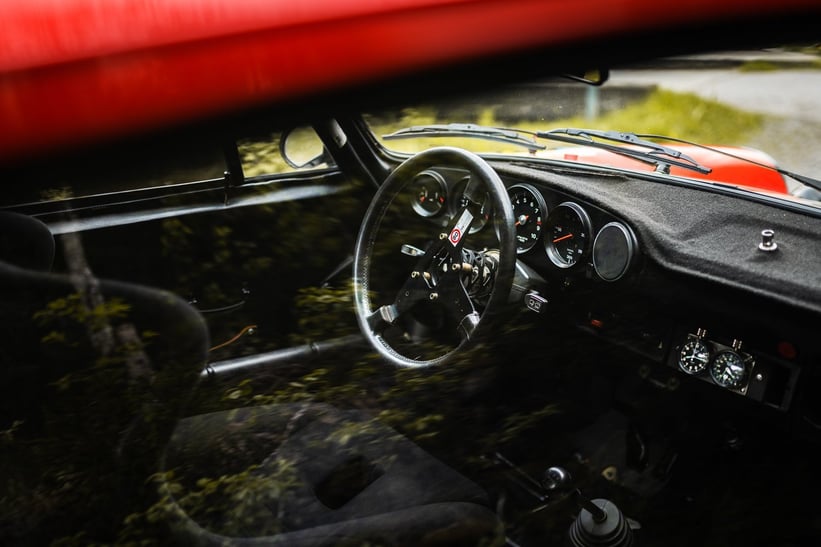
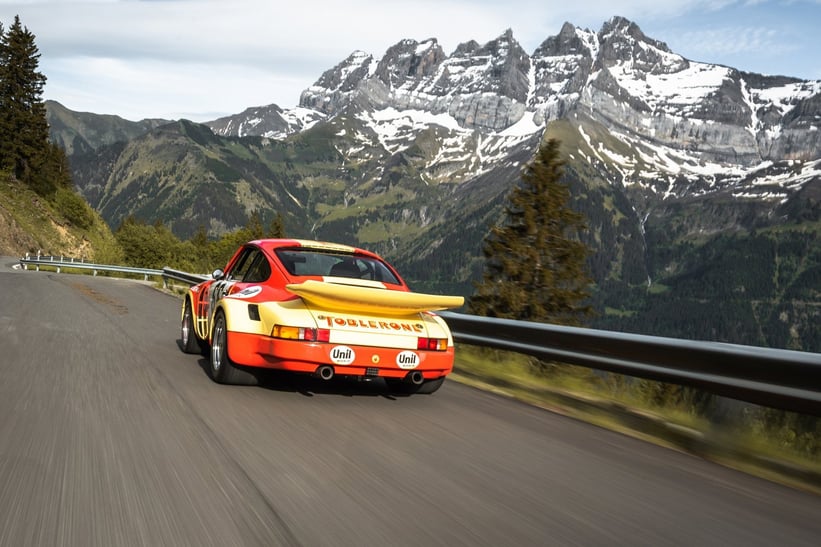
On 15 June 1974, the starting flag for the 24 Hours of Le Mans was waved below dark clouds. It was the fifth round of the championship and Chenevière and his co-pilots Peter Zbinden and Michel Dubois started their red-and-white RSR from 32nd place on the grid. While the French Matras dominated the prototype class, Ferrari and Porsche fought head-to-head in the Group 4 category. After 24 hours and 4,261km, the Porsche Club Romand had secured first in class, third in the GT category and seventh place overall. The only Porsche ahead of them in the classification was the Martini Racing Turbo RSR, which Gijs van Lennep and Herbert Müller drove to second overall. The Toblerone Porsche, meanwhile, lapped the Circuit de la Sarthe 313 times at an average speed of 177.539kph.
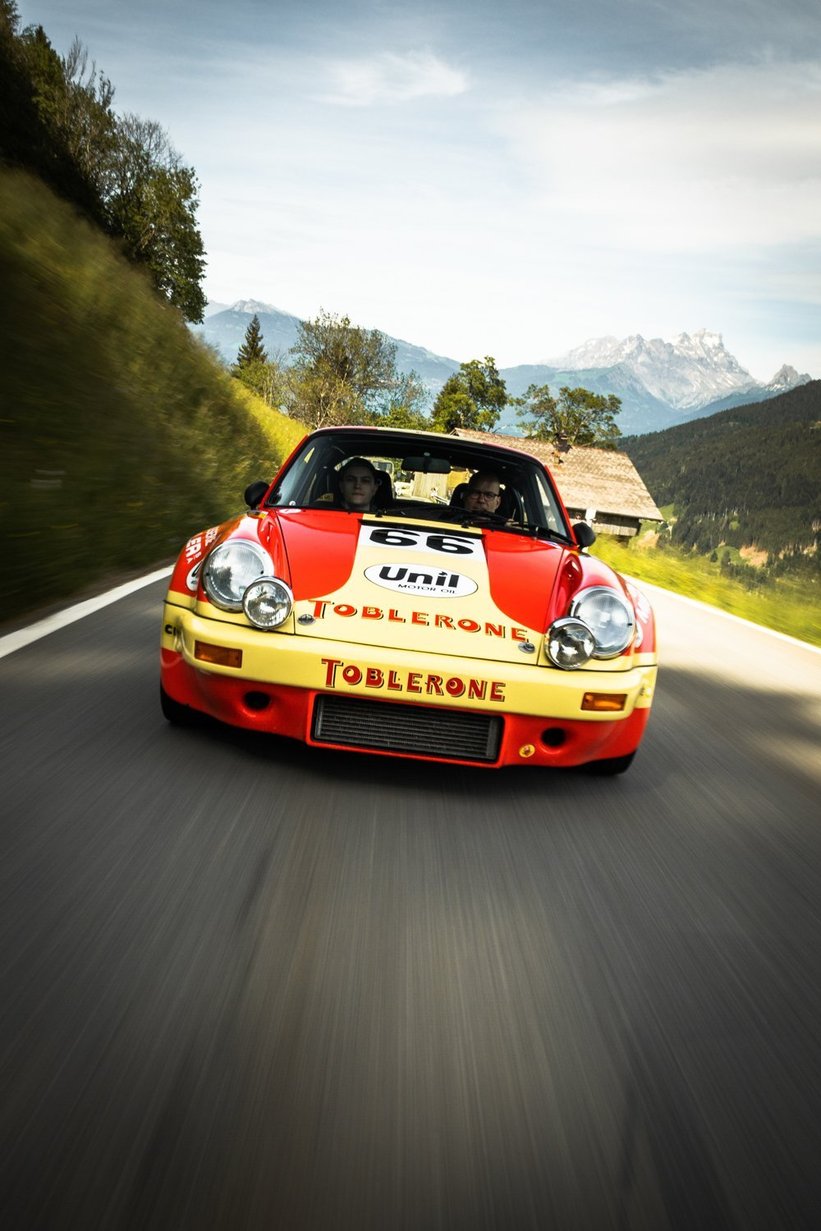
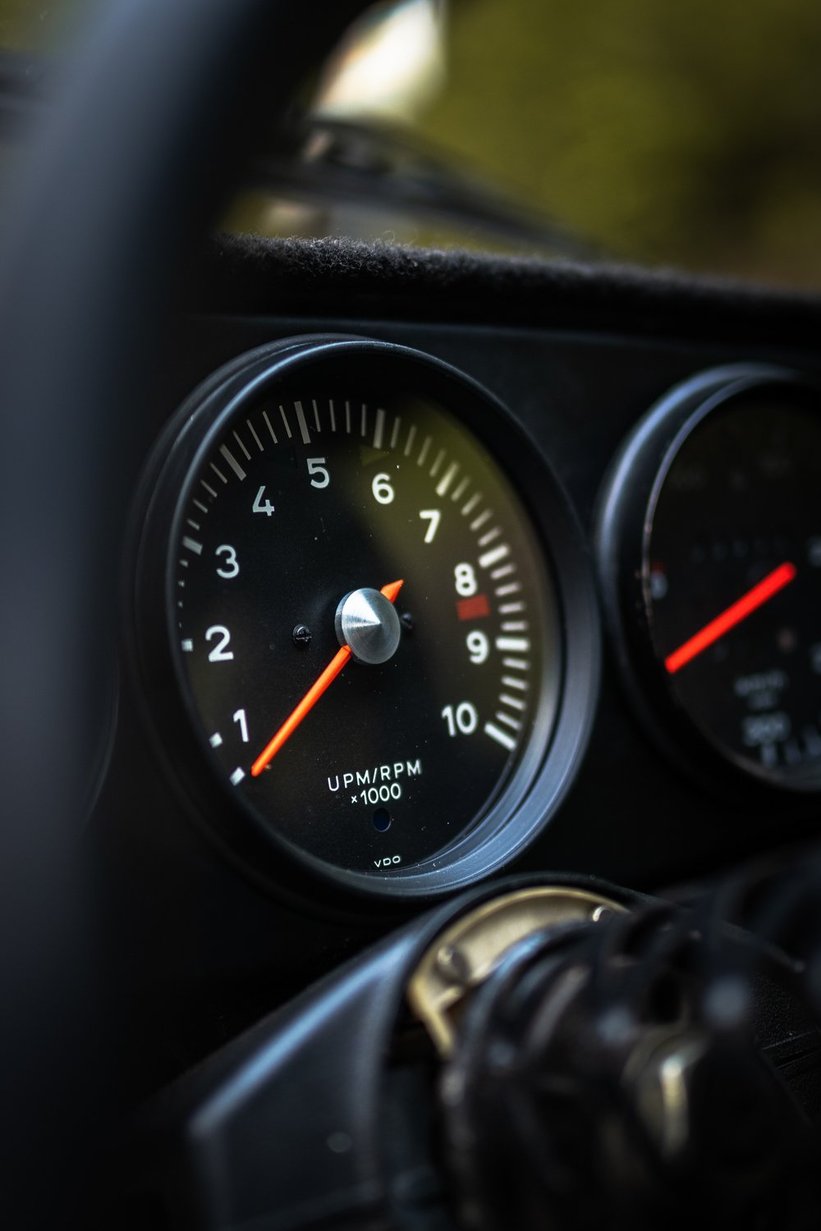
Le Mans was a great success, but the season was by no means over for the Swiss team. Just two weeks later, Chenevière started at the Österreichring, then at Hockenheim and then even in the Freiburg hill climb on the Schauinsland mountain. More success came at the Nürburgring, Brands Hatch, Monza and the Norisring, but again and again, it was the optimised RSRs from Gelo Racing and Kremer that fought their way past to the top positions. At the end of the season, Chenevière decided to part with his racing car. In February of 1975, he sold the RSR to the young Swiss racing driver William Vollery for 70,000 Swiss francs. Vollery had the car painted yellow and black and used it in various races across Europe over the next two years. The car would start at Le Mans once again, but instead of the proud Toblerone sponsorship, the windshield simply bore the sticker ‘Sponsor help me’, a goal which wasn’t achieved.

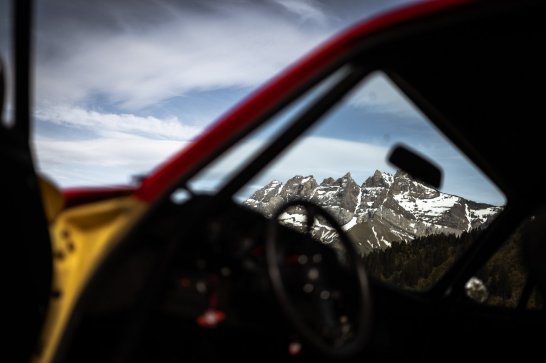
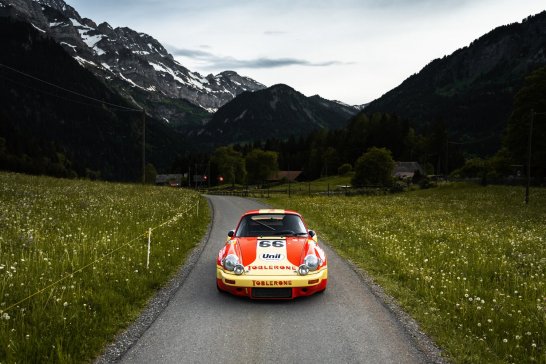
By 1977, the Porsche 911 Carrera RSR was no longer all the rage. The new benchmark in Group 4 had been set by the Porsche 934 with its turbocharged engine. Guido Haberthur, who bought back the former Toblerone-liveried Porsche he’d once delivered, decided to transform the naturally aspirated car into a turbocharged catapult. The Carrera RSR was entered at Le Mans for a third time, albeit in 934 guise and with white and blue Danone sponsorship on the modified bodywork. After 10 hours, drivers Eugenio Baturone, Rafael Tarradas and Juan Fernandez Garcia were forced to admit defeat. Meanwhile, the Swiss racing driver and rally champion André Savary had his eye on the Porsche. In fact, the sale was negotiated before the stricken car left Le Mans. For the RSR, which was once at home on the circuits of Europe, a second career as a rally car was about to begin.
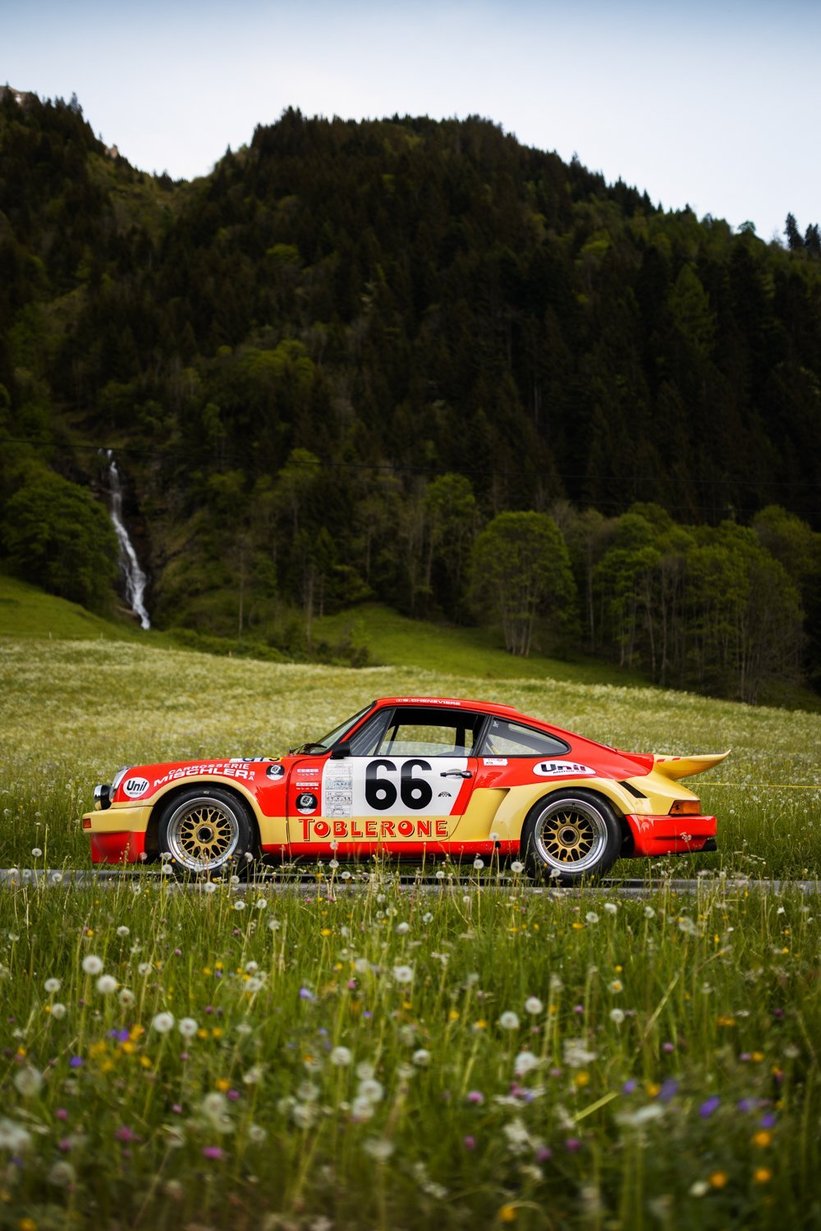

André Savary leaves the 934 bodywork but replaces the turbocharged engine with a naturally aspirated unit and, curiously, begins to stamp the motor and gearbox with his initials. There’s a simple explanation this unusual anecdote. Guido Haberthur, who continues to look after the Porsche, is known for swapping parts back and forth between his cars at will. And the new owner would like to keep track of things. Even today, when you peer closer beneath the surface of this RSR, you repeatedly discover the initials ‘A.S.’. In 1978 and ’79, Savary competed in most rounds of the Swiss rally championship with the RSR, although not always with the desired results. “André Savary showed in the first special stage, from Sonzier to Les Avants above Montreaux, who was the man to beat,” read the magazine Motorsport Aktuell about the Rallye des Neiges. “But Savary’s lead only lasted until the third stage. A trip to a lovingly tended farm garden cost him around a minute, after which the engine expired.” In the Jura Rally, Savary came off the road… at 170kph.
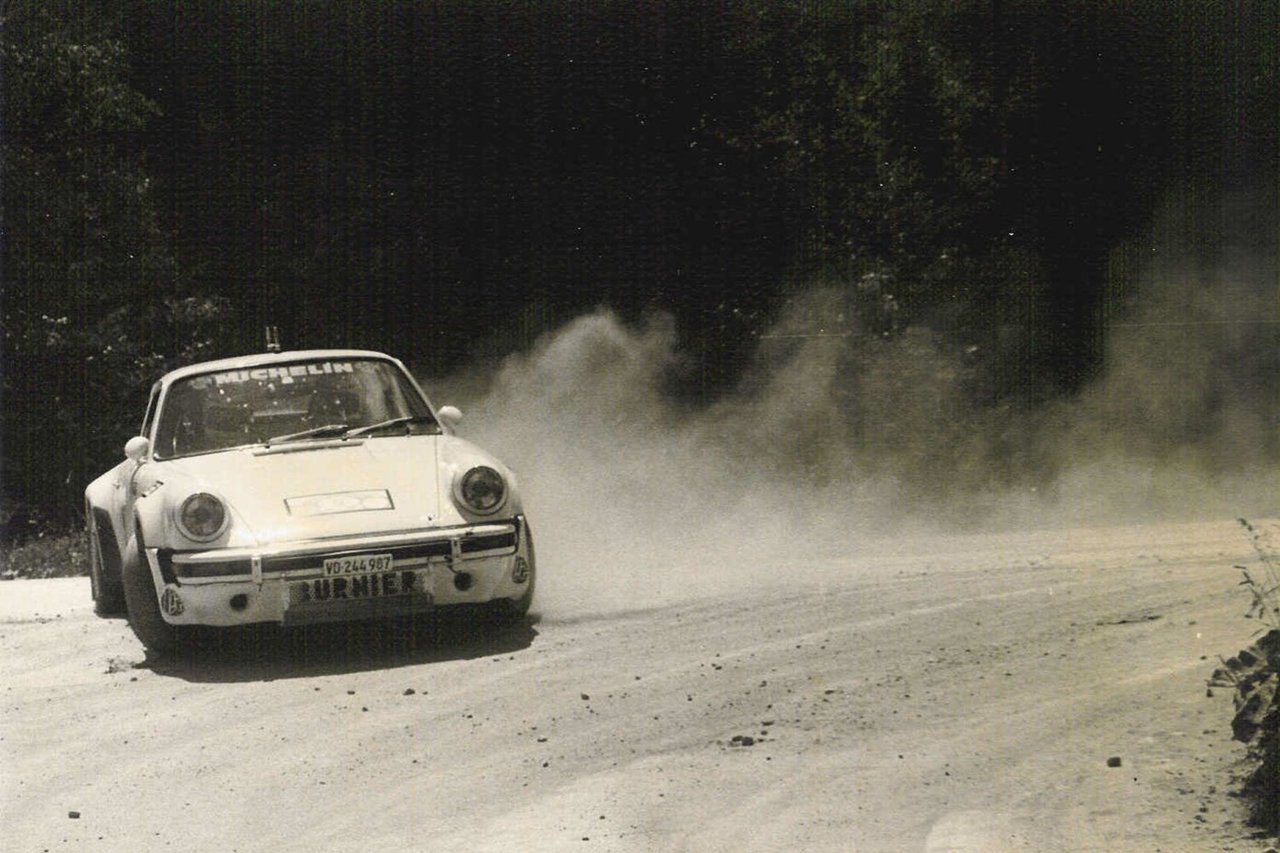
Once again, the Porsche is rebuilt by its owner and, this time, the large spoilers and wide wheel arches are removed. You could almost confuse the RSR with a 911 Turbo. While Claude Haldi, Bernard Chenevière’s former teammate, won the title in the turbocharged Porsche in 1979, André Savary became Swiss rally champion in 1979 and ’1980. After claiming the runner’s up trophy the following year in the hands of Christian Blanc, the RSR found its way into the possession of its sixth owner: the 22-year-old Dutchman Christian van Dijk. He lived in Switzerland and took the Porsche rallying on numerous occasions, the most recent of which was in 1983 on the nerve-racking Tour de Corse. After nine adventurous years, the former Toblerone-liveried Porsche was retired and wound up living a contemplative existence in the Geneva Automobile Museum.
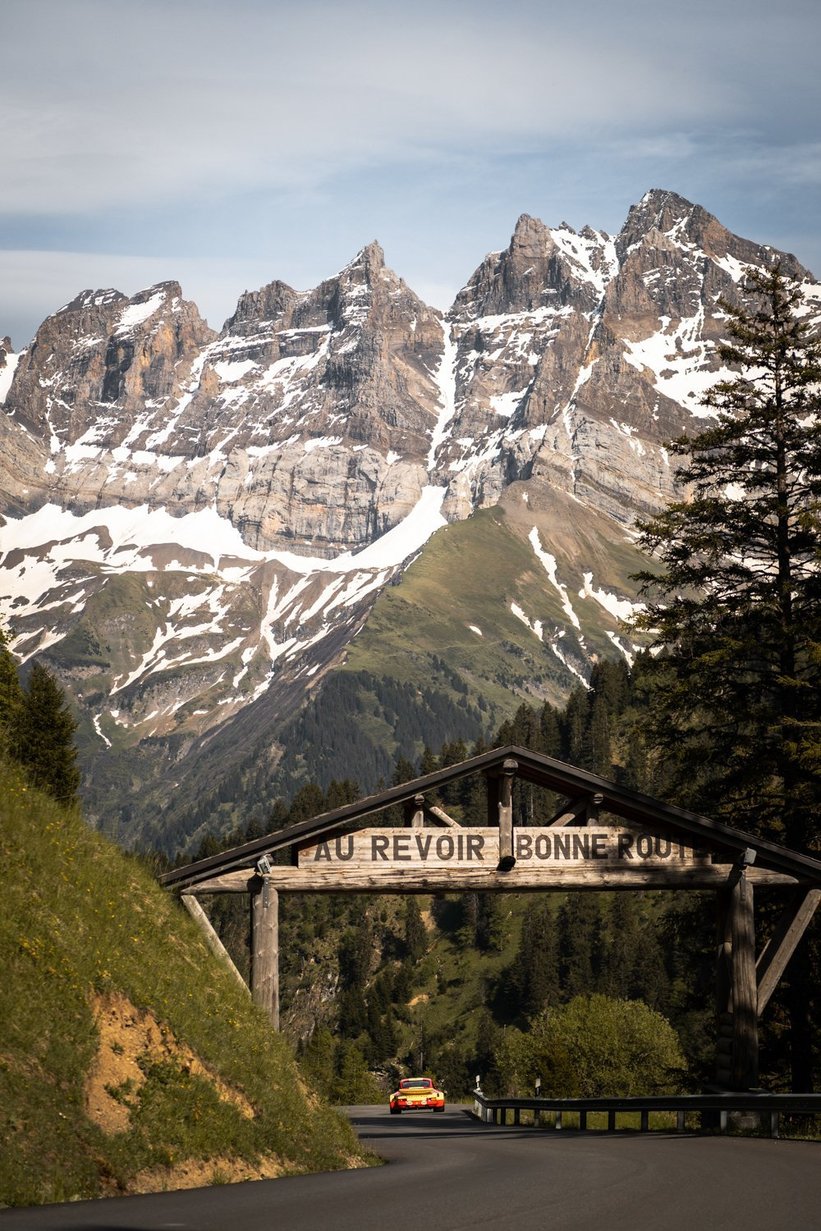
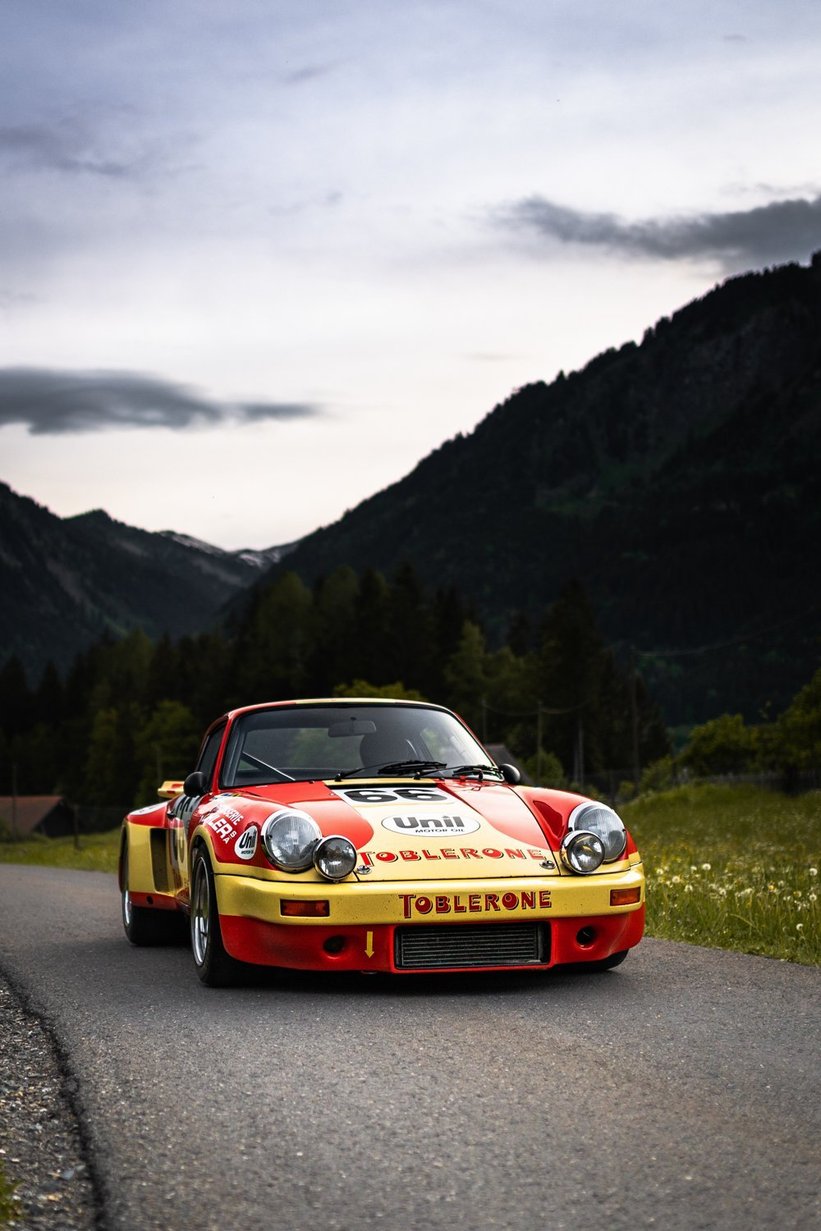
This could well have been the end of this incredible car’s story. But at the end of the 1990s, the Geneva industrialist Peter F. Baumberger discovered the RSR and had it restored. In 2008, it finally found its way into the Stephan Meyers collection in Belgium. Meyers cared about the car’s original history and asked the German Porsche historian Ulrich E. Trispel to reconstruct its story. He also had the car prepared for historic racing by Marc de Siebenthal in Switzerland and restored to its authentic Toblerone look. Since then, this RSR has shone like it did at Le Mans – right down to the last details such as the stickers and lettering in contemporary typography. In 2011, this RSR was sold to its current owner, a Swiss amateur racing driver who continues to successfully use the car in historic motorsport events to this day. The eventful history of the ‘Toblerone Porsche’, one of Switzerland’s most remarkable racing cars, is being continued in the best sense of word at venues such Le Mans, Spa and Monza.
Photos by Andrea Klainguti for Classic Driver © 2020
























































